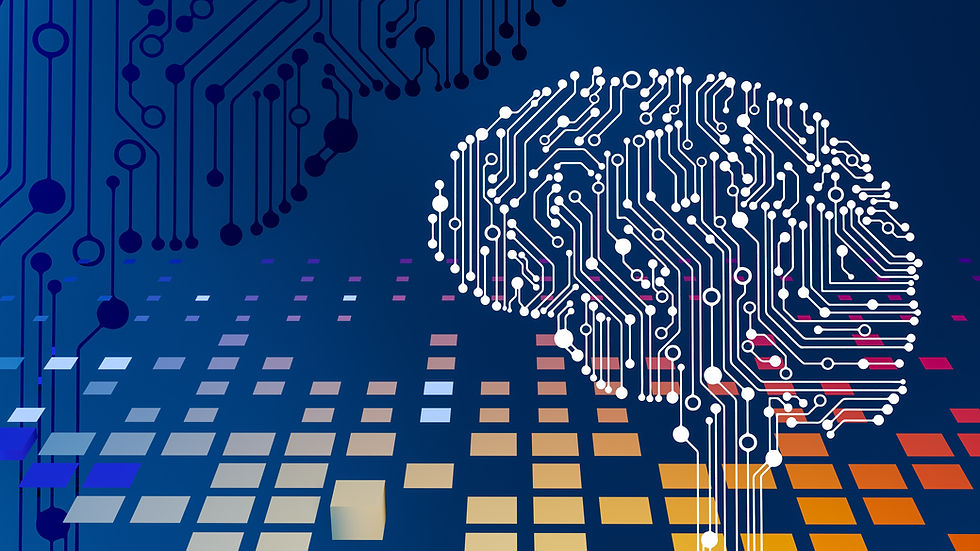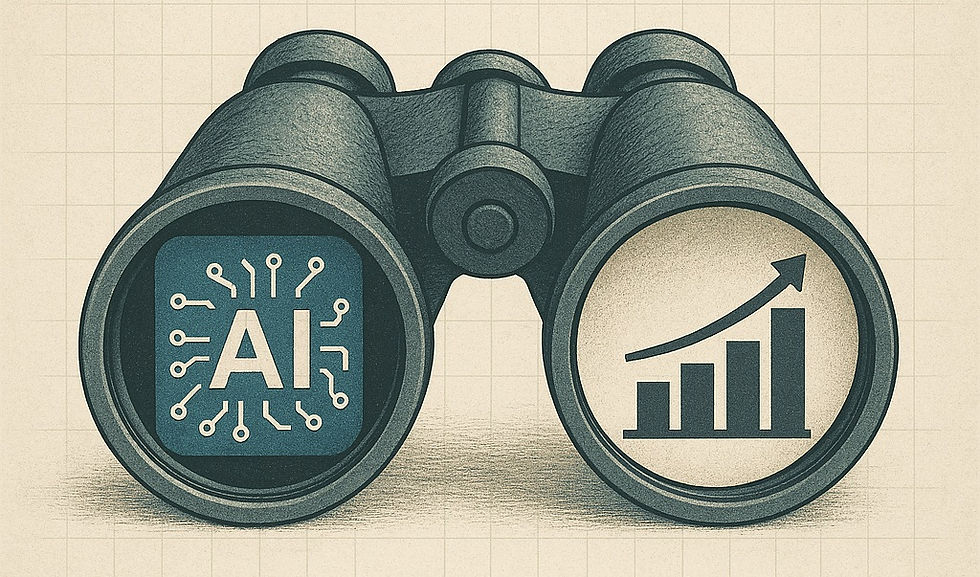Predictive Analytics: The future is “now”!
- Catherine Louropoulou
- Feb 9, 2022
- 3 min read
Updated: Oct 14, 2022

Predictive analytics, is a form of advanced data processing that uses current and historical data to predict activities, behaviors and trends. It involves the application of various statistical analysis techniques, data queries and machine learning algorithms to data sets in order to derive predictive models that "predict" how a numerical value - or score - will evolve based on different assumptions and the likelihood of a particular action or event occurring.
The complexity of data and the relationships between them is driving the use of new technologies

In general, the use of forecasting models for businesses is not a new concept. Over time, companies try to exploit historical and other data to identify risks, opportunities, trends and project various figures in the future (eg financial forecasts).
Even though predictive analytics has been around for decades, it seems that the introduction of technology and modern tools into it is a trend that is gaining more and more ground within businesses.
This is because we are in an era where data is constantly becoming more abundant, so the relationships between them are becoming even more complex, so that they can not be easily identified simply by the "human eye" and by classical methods of analysis. More modern techniques and assistance from Artificial Intelligence and Machine Learning are needed to "untangle" the information, organize it and extract trends.
Modern technologies can therefore extract models that very successfully capture the relationships between many factors and allow for future estimations, under a specific set of conditions, guiding decision-making in a more informed way.
So, most organizations today are turning to predictive analytics to increase their bottom line results and achieve competitive advantage.
What is the difference from traditional data analysis?

There are three basic types of analysis. Descriptive Analytics, Predictive Analytics, Diagnostic Analytics.
The most common type is descriptive analytics, which gives an answer of "what has happened" to a business, showing in short, past behavior. Predictive analytics, on the other hand, helps businesses to predict what is likely to happen and to answer "what will happen in the future". That is, it looks for patterns in the data and projects them into the future. Finally, there is a third category, prescriptive analytics, which automatically suggests or executes a better course of action based on the information generated by the other two types of data analytics.
At the same time, two new models are being developed in the field of data analytics for businesses. These are diagnostic analytics, which try to answer "why something happened" and real-time analytics, which are applied continuously while data is being generated and updated.
The applications of predictive analytics for business

More and more businesses are turning to data analytics and especially predictive analytics to solve difficult day-to-day business problems, uncover new opportunities and make more structured/informed decisions. Many companies today, regardless of size, operate on the basis of data generated from their own activities or even collected from external sources.
Some of the most common applications of building predictive models are to improve internal processes and operations (such as price adjustments, decision making, inventory forecasting, resource management, etc.), reduce business risks (e.g. identifying a person's creditworthiness, predicting insurance claims), optimizing marketing campaigns, customer retention, attracting new customers, identifying more profitable customers, predicting customer behavior, and fraud detection.
The applications of E-On Integration in Predictive Analytics
E-ON Integration has been active in the field of Data Analysis for 3 years on behalf of large listed companies in Greece and manages data from internal sources (customer data) and from external databases when necessary. This is because the success of these projects often requires the integration of historical data with other external data to extract trends and predict behavior. At the same time, forecasting models are integrated into interactive and easy-to-use software so that users can monitor their data in real-time and consult it for decision-making.
We provide comprehensive services in this area, offering:
Data Engineering
Business Intelligence
Predictive Analytics
Natural Language Processing
Internet of Things - IoT Applications
Business Applications Development
To date, we have completed numerous predictive analytics projects and have implemented algorithms with Accuracy values reaching 80%.




Comments